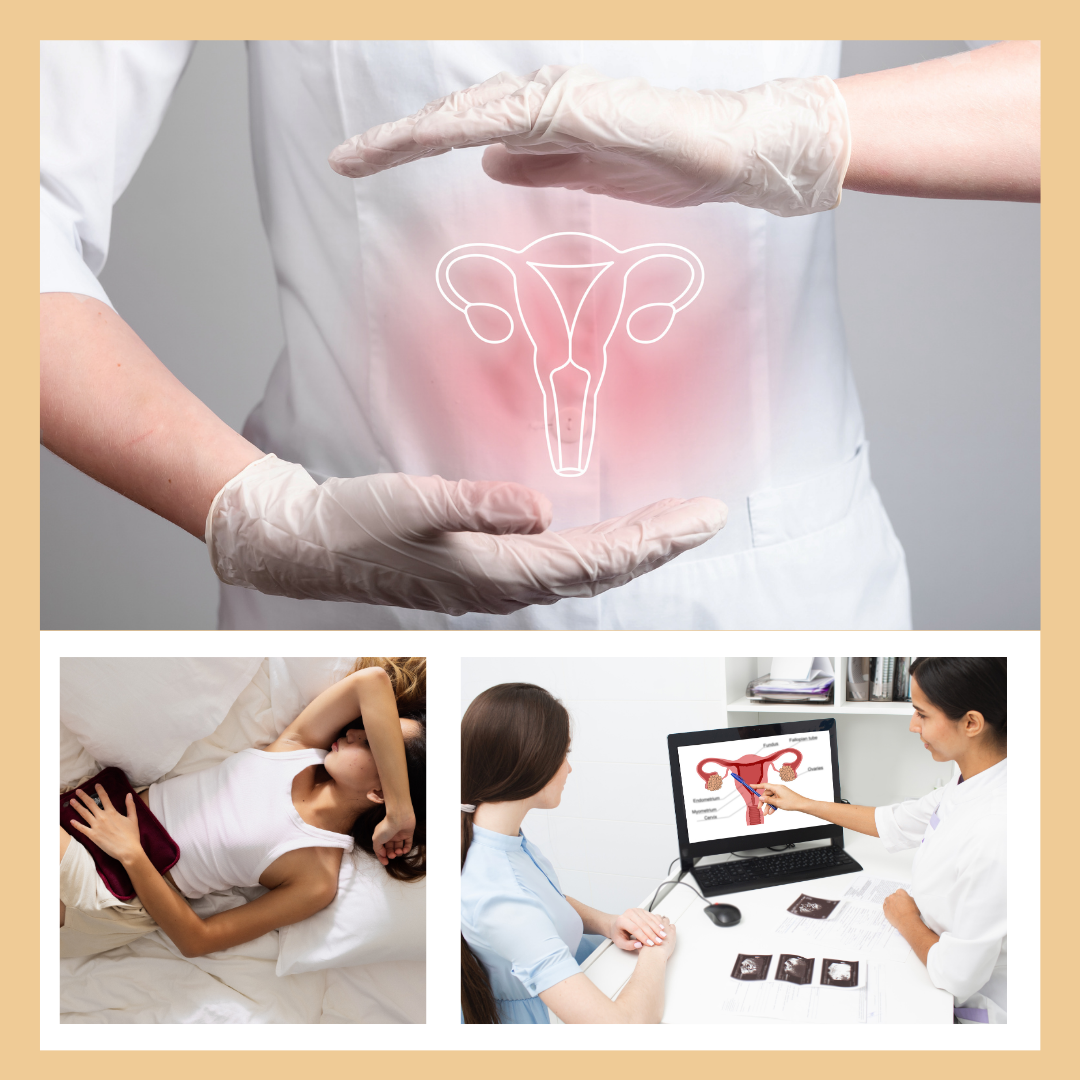Endometriosis Doesn’t Just Affect your Pelvis

Have you ever been told that painful periods are normal? Have you ever heard that excessive bleeding during your period is part of womanhood? These things and many more are actually cardinal signs of a condition called endometriosis.
More on Endometriosis
Endometriosis is a disease in which tissue that’s similar to that in the lining of the uterus grows outside of the uterus. This tissue can grow in many places throughout the abdomen – the rectum, large and small intestine, ovaries and fallopian tubes, appendix and even the diaphragm. Unsurprisingly, endometriosis takes an average of 10 years to receive a diagnosis due to its many symptoms that are far too often ignored and attributed to “anxiety” and a “rite of passage” of being a woman. However, current research is indicating that endometriosis is a systemic inflammatory condition that can wreak havoc on much more than just one’s reproductive system, potentially leading to more comprehensive treatment in the future.
Endometriosis Changes How Your Body Functions
Although research is still limited on endometriosis, there have been some conclusions on its effect on other body systems. Knowing the ways that endometriosis affects the rest of the body is crucial to treating it holistically and taking preventative measures to reduce its known associated conditions. For one, metabolic changes can occur leading to low body mass index, or BMI for short. Part of this predisposition is due to an increased rate of eating disorders among those with endometriosis. Secondly, endometriosis can cause neurological changes that increase one’s sensitivity to pain and also cause chronic fatigue, anxiety and depression. Lastly, a connection has been found between endometriosis and development of autoimmune diseases. The research that has connected endometriosis to these conditions is from genetic research on inflammatory markers in the blood and how their levels are varied between those with and without endometriosis. This inflammation creates smaller environments of inflammation in organs and tissue throughout the whole body causing dysfunction in other areas outside of the pelvis.
Other Effects From Endometriosis
Research thus far has drawn some conclusions on the way that endometriosis can affect other functions in the body and looking for these other factors is important to identify when trying to make a diagnosis. Firstly, endometriosis on the bladder can present similarly to a condition known as interstitial cystitis with symptoms including increased urinary urgency and frequency, pelvic pain and pain with urination. If these symptoms coincide more with one’s menstrual period then endometriosis on the bladder is ruled in rather than interstitial cystitis. Secondly, research has shown that those with endometriosis are 2.5 times more likely to have IBS than those without. Although the research isn’t certain, it is thought that endometrial tissue that grows in the bowel can be contributing to IBS symptoms and that once the tissue is removed, people’s symptoms greatly improve. The increased presence of inflammatory cells is a risk factor for IBS as well, explaining another connection to endometriosis. All in all, if you have some of the listed symptoms there is a possibility that they may all be connected to endometriosis and should be treated in a multidisciplinary manner.
Diagnosis and management of endometriosis should always be discussed with a physician. Regardless if surgery or lifestyle changes are your path to managing symptoms, physical therapy can provide education, exercise and manual techniques to provide relief and manage things as a team.
References
- https://www.frontiersin.org/journals/immunology/articles/10.3389/fimmu.2022.758440/full
- https://www.sciencedirect.com/science/article/pii/S2213307015000520
- https://drseckin.com/interstitial-cystitis-and-endometriosis-the-evil-twins/
- https://www.contemporaryobgyn.net/view/endometriosis-and-irritable-bowel-syndrome







